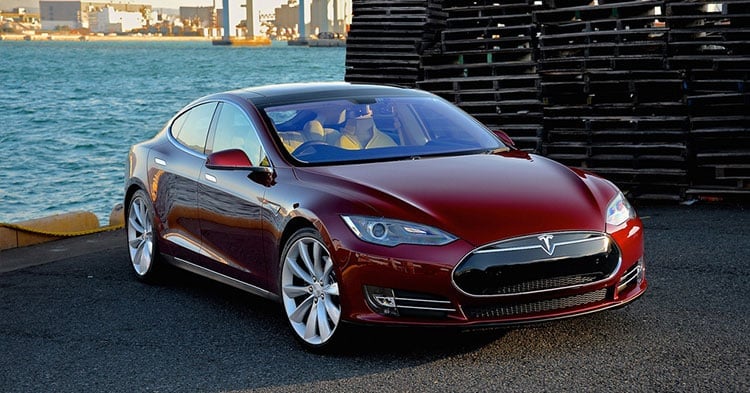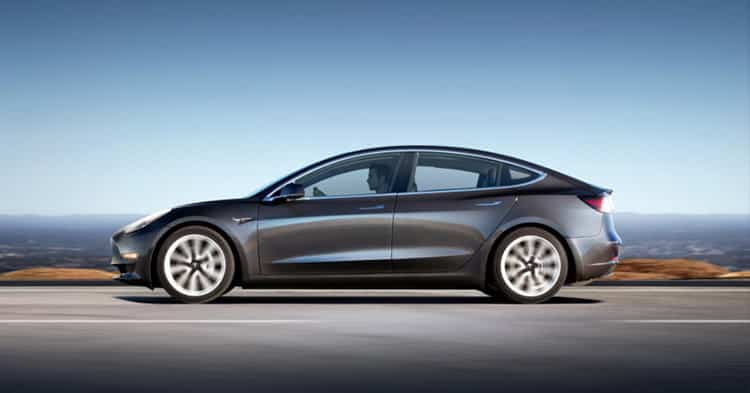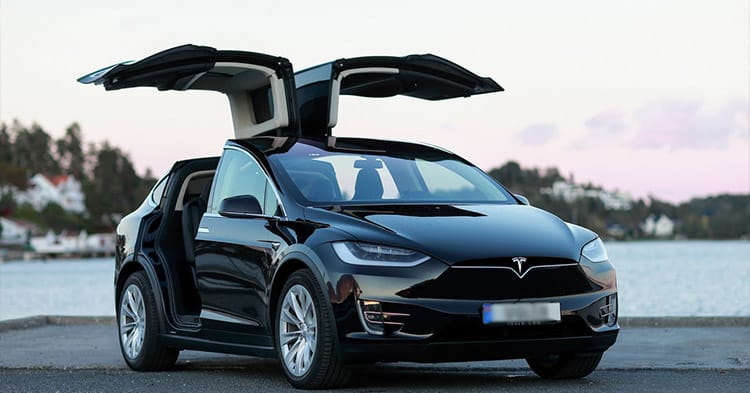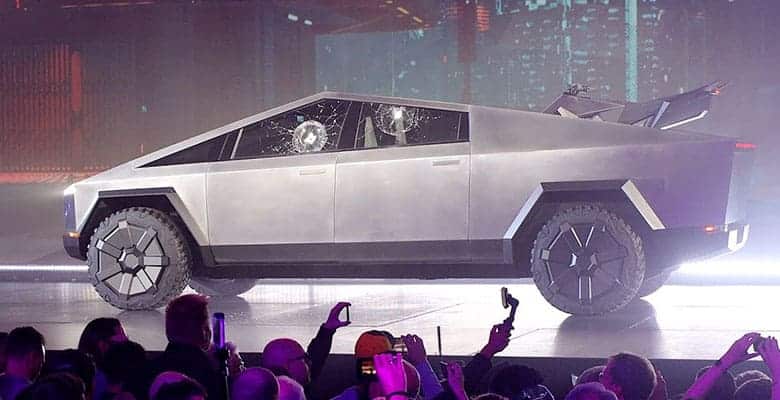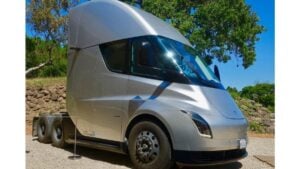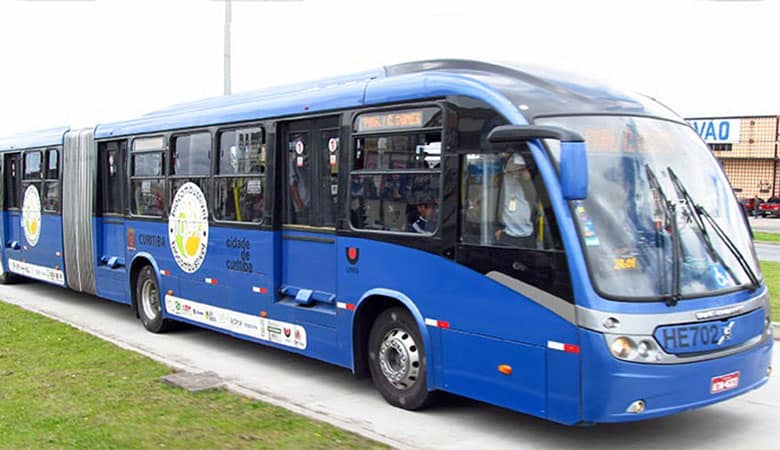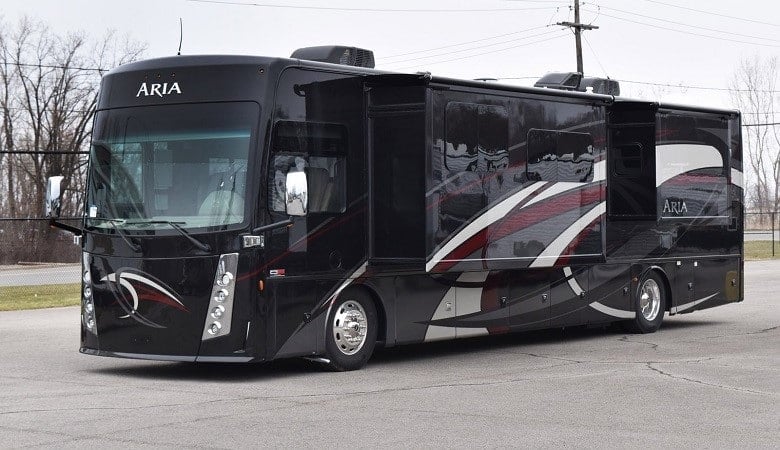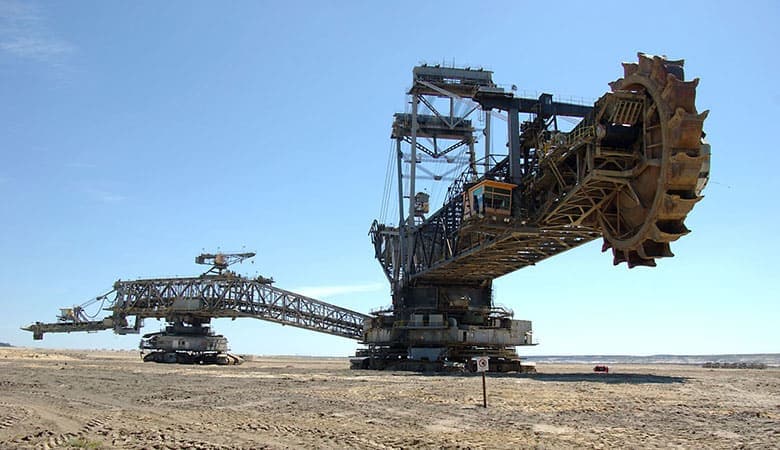Although they joined the auto market a few years ago, Tesla has established its name. They’ve become the game changers in the auto market by making not just electric, but environmentally-friendly cars. By greatly cutting down on the weight of their cars, Tesla cars are the most efficient.
How much does a Tesla weigh?
Tesla’s range in weight from 2,723 to 5,390 pounds (1,235 to 2,445 kilograms) for the most recent versions. The following is a breakdown of the models:
- 1st Generation Tesla Roadster — 2,723 lbs (1,235 kg)
- Model 3 Standard Range Plus — 3,582 lbs (1,624 kg)
- Model 3 Long Range/Performance — 4,065 lbs (1,844 kg)
- Model S Plaid — 4,786 lbs (2,170 kg)
- Model S Long Range — 4,561 lbs (2,069 kg)
- Model Y Long Range/Performance — 4,416 lbs (2,003 kg)
- Model X Long Range — 5,185 lbs (2,352 kg)
- Model X Plaid — 5,390 lbs (2,445 kg)
You can imagine charging your car just like your phone. It sounds fascinating but Tesla has made it possible. Electric cars use electric power instead of diesel or petrol.
But again, one thing that scares most is whether these cars are efficient considering the amount of power needed to move a car with such weight.
Well, Tesla electric cars are very efficient. Read on to learn more about these high-tech cars.
Tesla Model S
Weight: 4,561-4,786 lbs (2,069-2,170 kgs)
Model S features a lightweight body construction comprising of aluminum. It is reinforced with highstrength steel that makes it sturdy.
The lightweight aluminum cuts down the overall weight of the car giving it an excellent acceleration of up to 60 mph (100 km/hr) in just above two seconds. Tesla has revealed how they stripped down about 1,100 lbs (500 kgs) to the P100D model.
They partnered with Bcomp-natural fiber composite maker, to help reduce bulk in the interiors of this car. In fact, they’ve used biocomposite panels which are not only lightweight but are very stiff. The use of these lightweight materials resulted in a 20% weight reduction which brings a significant difference in the overall performance of the car.
The use of aluminum alloy wheels further brings weight savings. Apart from facilitating better acceleration, alloy wheels are suitable for use in areas with milder temperatures.
The less weight leads to a reduction in rotational mass with better, and quicker braking. The aluminum alloy wheels are made using different materials that render them less pliable. Other features such as glass roof and a frameless safety glass also contribute to the reduced weight.
Tesla S has a massive battery weighing 1,200 lbs (544 kgs). The model also comes with two different battery pack configurations which brings a weight difference of 4,647-4,940 lbs (2,108-2,241 kgs).
Related Reading:
Tesla Model 3
Weight: 3,582-4,065 lbs (1,624-1,844 kg)
Model 3 is geared towards the masses. Alongside being an affordable model, it still doesn’t compromise on performance and efficiency. It is expected to enjoy a similar amount of market share like the Tesla Model S. Although the S model is quite larger and is designed for the luxury class, Model 3 is made with safety in mind. It has a much lighter weight compared to the S model.
The materials used in Model 3 are high-strength steel and aluminum. Just like S, it has all-glass roofing which contributes to the light weight of the car. The perfect mix of two metals also enables it to achieve the best level of rigidity while not impacting greatly on the overall weight.
Model 3 has the lightest battery pack which is about 15% lighter than that of the original Tesla mode S and 6% lighter than P100D. The weight reduction in the battery is constituted by the use of new 2170 battery cells. The increase in the nickel content of the battery cells played a big part in the reduction in weight. The new cells result in a very small pack footprint.
Model 3 is also a bit smaller than S measuring 185 inches (479 cm) long, 73 inches (185 cm) wide with a height of 57 inches (145 cm). Model S is longer and measures 196 inches (500 cm) long, 77 inches (195 cm) wide by 57 inches (145 cm). It is also narrower (about 4-inches) which makes it take the least space in the garage. The difference in the measurement brings the weight difference. The narrow length tightens up the cabin space although it is a bit hard to notice by most people.
The headroom is somehow bigger at the back for model 3. This translates to more weight at the rear side. But the difference in weight distribution is quite small. The slightly small cargo space for model 3 means it cannot support as much weight as Model S. The cargo space for Model 3 is just like that of a normal car but with a compact weight and design.
Tesla Model X
Weight: 5,185-5,390 lbs (2,352-2,445 kg)
Although there are speculations that the Model X is quite heavy, its weight still falls under the 6,000 lbs. range. The body is made of aluminum material with steel reinforcement.
The car also doesn’t come with a spare tire. Spare tires often add up the weight of the car which affects both the range and efficiency. Although it shares about 30% of its features with Tesla S, its weight is about 10% more than Tesla S. However, it uses five efficient lithium-ion battery packs. The standard AWD produces a power of up to 259 HP which is equivalent to 193 kilowatts. Regardless of the heavyweight, it can produce enough power to tow up to 5,000 pounds (2,267 kg). In fact, its towing capacity is higher than any other electric car.
Further, the weight and position of Model X’s battery pack deliver a low center of gravity which reduces risks of rollover. In its, class, it has the highest storage room meaning it is capable of towing high load capacity than most SUVs in the same class.
Tesla Model Y
Weight: 4,416 lbs (2,003 kg)
Model Y is a light weight SUV. The body of the car is made of aluminum material with steel reinforcement just as the other model’s are. Model Y is just as Model 3 a car made for the masses since it’s fairly affordable compared to Model S and X. It has room for 7 passagers.
Model Y is designed to be the safest vehicle in its class. The low center of gravity, rigid body structure and large crumple zones provide incredible protection.
Tesla Cybertruck
Weight: TBA (Speculations are between 8,500 to 10,000 lbs.)
Tesla Semi
Weight: TBA (Speculations are between that the semi weighs around 25,000 pounds.)
How Weight Affects Car Speed
The acceleration of a car is affected by its total weight. We expect a lightweight car to accelerate faster. A heavy car requires more power to accelerate. The recommended way to reduce the weight of a car is by substituting some of the components with lightweight materials. Moreover, removing excess weight can also improve speed while not necessarily doing any modifications.
Weight Distribution
Although ignored, weight distribution also has an effect on speed, handling, braking, and cornering abilities. Most people stress on a 50/50 weight distribution because of the balanced feel. However, it is not the weight distribution that brings the feel but the tune of suspension. Having more weight at the back provides greater breaking ability. This is because it naturally involves all the tires during breaking. More weight on the front is only common in front-biased cars.
More weight at the back also means quicker acceleration. It also steers quicker compared to front-biased cars. They even have a tendency of oversteering which is critical when it comes to cornering. All the three Tesla cars (Model S, X and 3) have more weight at the rear side.
In summary, Tesla cars are lighter in weight. S Model weighs about 4647 lbs. X Model has an average weight of 5,421 lbs. and Model X tips the scale at around 3,552 lbs. The differences in weight are brought by the type of materials used including the batteries and other build materials. The weight of a car and weight distribution have an effect on braking, handling, and acceleration.
Related Questions
Is Tesla Model 3 a fully electric car?
Yes. Tesla 3 is a completely electric car. Once you charge it overnight, you never have to worry about getting stuck on your way home or visiting a car station from time to time. It is also very convenient to charge and you can plug it in any gas station if needed. There are over 12,000 superchargers to use worldwide.
What is the seating capacity of Tesla S?
Tesla S has a large seating capacity of 5. It has a larger wheelbase, length, and width. It has a total cargo volume of about 31.6 cubic feet and has a space for two more seats. It is relatively large and luxurious compared to Model 3. All the seats are heated throughout the car cabin. The glass roof also provides spacious interiors.
Does weight distribution affect car speed?
Weight distribution doesn’t affect speed but it affects handling which consequentially affects the overall speed. More rear weight brings a substantial speed difference. This is why most of Tesla’s cars have slightly more rear weight. Weight distribution also affects factors such as braking and cornering abilities.
References
https://www.tesla.com/support/model-x-specifications
https://www.tesla.com/model3
https://cleantechnica.com/2018/03/25/how-does-the-tesla-model-3-stack-up-against-the-tesla-model-s/
https://insideevs.com/what-makes-the-tesla-model-3-battery-pack-so-light/
https://electrek.co/2017/03/17/electric-gt-tesla-model-s-p100ds-weight/
http://automotivethinker.com/chassis/stop-and-weight-a-5050-weight-distribution-is-not-optimal/
Related reading:

